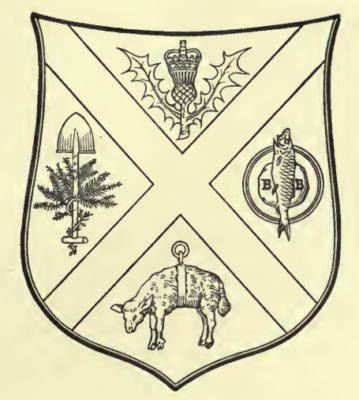Langholm was a burgh, a civil parish and a county district:
- The town became a police burgh in 1845, giving it powers with regard to minor crimes, lighting, paving, water supply, sanitation and other civic matters. It was run by a burgh council, usually referred to as the town council. Its boundary ran around both the Old Town and New Town.

- As a civil parish, Langholm had three components: Old Town, New Town and ‘Landward’, the latter being rural areas within a defined area around the town. The overall entity was run by a parish council which was responsible for implementing Scottish poor law.
- As a county district in Dumfriesshire, Langholm had a district committee with responsibilities for roads and public health outside the police burgh.
The Thomas Hope Hospital was run by trustees and the Eskdale Infectious Diseases Hospital was run jointly by the parish council and the district committee. The town had two doctors, a resident dentist and two visiting dentists.
The infant school and academy were under the direction of a school board.
There were three types of court: police, licensing and appeal (for adjudicating appeals against property valuations for rates purposes). The town hall had a small prison for short sentences for those unable to pay fines.
A local savings bank was founded in 1914 and was supervised by a committee.
See also
- Health
- Education
- Law and order
- Savings
- Langholm burgh arms